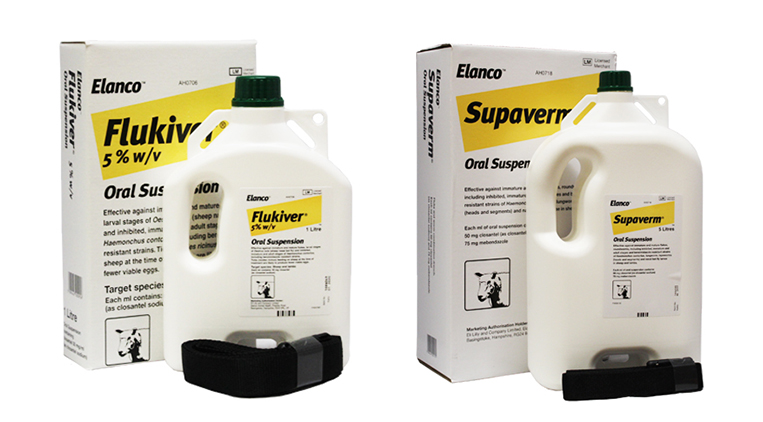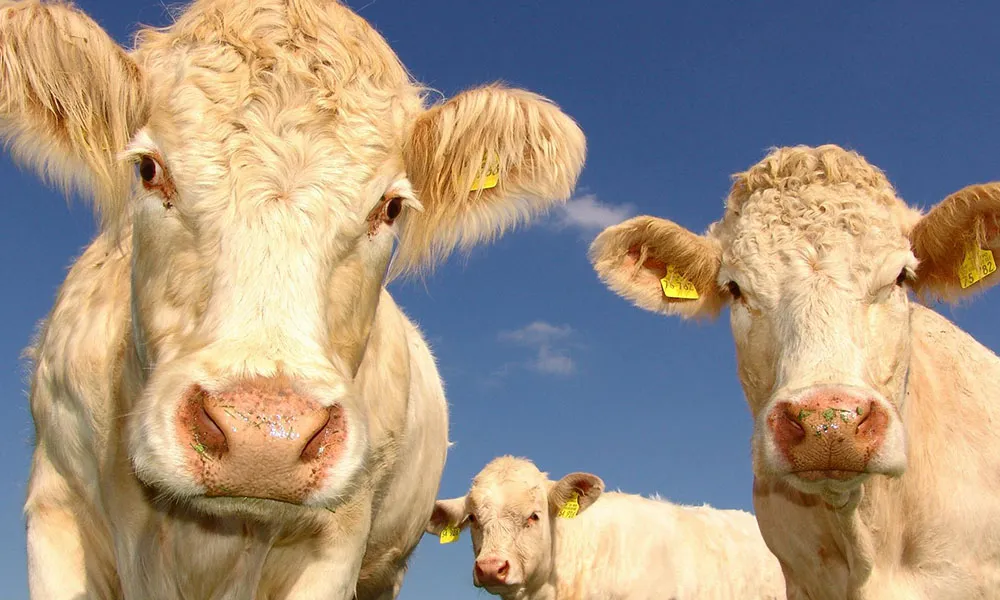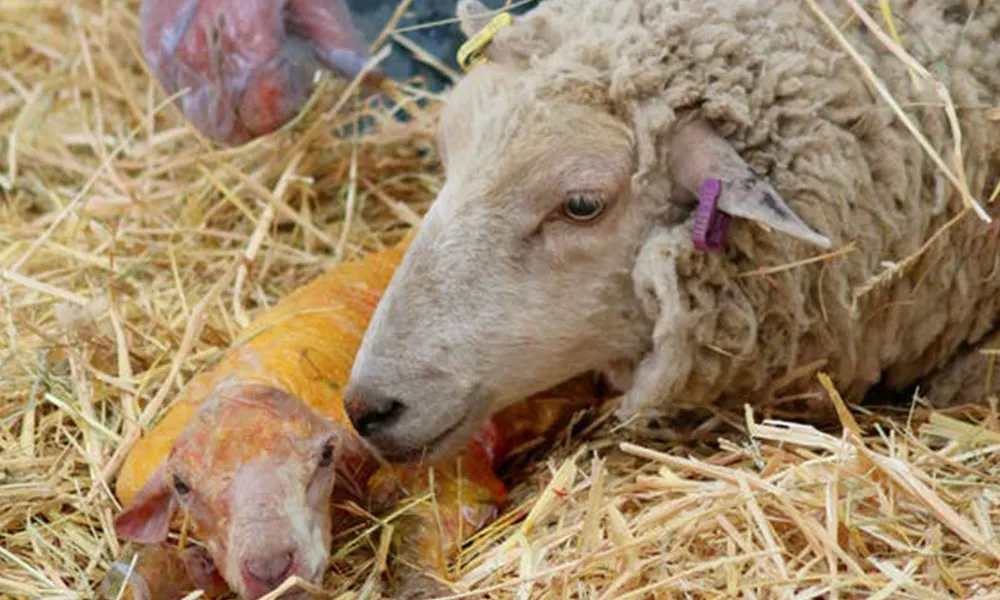
Fluky weather?
Recent weeks have seen a surge in rainfall. Heavy autumn downpours and strong gusts battered most of the country over the weekend, and the long-term forecast makes for grim reading. It seems that the week ahead will be wet and relatively warm, with most meteorological services predicting daytime temperatures of around 16 degrees. These, as most experienced farmers will tell you, are ideal fluke conditions.
Parasites in the autumn grass
The fluke parasite thrives in the warm, wet weather that Ireland usually gets in spring and autumn. It tends to proliferate in the wettest grasslands, where it is consumed by ruminants and subsequently attacks the animal’s liver. At this time of year, it will have left the mud snail that hosts it during the summer months and migrated onto grass.
A dilemma for farmers
This creates a dilemma for farmers trying to make the most of autumn pasture. Many of us are not fortunate enough to have a lot of dry ground, and cannot afford to leave grass ungrazed on account of fluke risk. Therefore, it is best to exercise some discretion by fencing off only the very wettest areas of any field.
At the very least, you should ensure that pregnant ewes are not grazing on marshy, wet ground. Sheep are much more vulnerable to fluke than cattle are, and ewes suffering from infestation are unlikely to yield good lambs. If you have to graze wet ground, leave it to dry stock.
Dosing strategy
All animals should be dosed at this time of year, but it is important to have a good strategy in place. Anthelminthic resistance is becoming a major problem on Irish farms, so you need to avoid overuse of dosing products.
In the first instance, you should consider sending dung samples for testing prior to treating for fluke. This will give you a clear idea of whether or not you need to dose at this time. You should send a second sample for testing after you dose, to give you an indication of the effectiveness of treatment.
When administering fluke treatment, make sure that you read the manufacturer’s instructions on the dosing product. If possible, weigh animals before dosing and only give them the recommended volume of drench for animals of their size.
Aside from this, make sure that your dosing gun and other equipment is in good working order before you start dosing. This may seem an obvious point, but poor equipment is easy to overlook and can lead to serious overdosing or underdosing. All equipment needs to be well calibrated before use.
What is the right product for me?
Regardless of what treatment you use, there is a strong likelihood that you will have to dose sheep more than once during the winter months. Cattle may get by on a single dose.
There are six common active ingredients in fluke doses: Triclabendazole, Closantel, Rafoxinide, Nitroxynil, Oxyclozanide, and Albendazole. These are sold under several different brand names, but by and large it is the active ingredient that you need to look out for. The different ingredients are more or less useful against the various stages of liver fluke progression in the animal. Thus, it is wise to choose your fluke treatment according to the likely maturity of fluke in your flock.
For instance, Closantel-based products, including Flukiver, are most effective against liver fluke during weeks 4-12 of progression, making them a good dose for treatment at this time of year, when fluke is still relatively immature. On the other hand, Triclabendazole-based products such as Fasinex purport to be effective against fluke at all stages. Albendazole-based products like Tramazole 10% and Albex are most potent as a treatment for mature and developing immature fluke, but less so against early onset.











